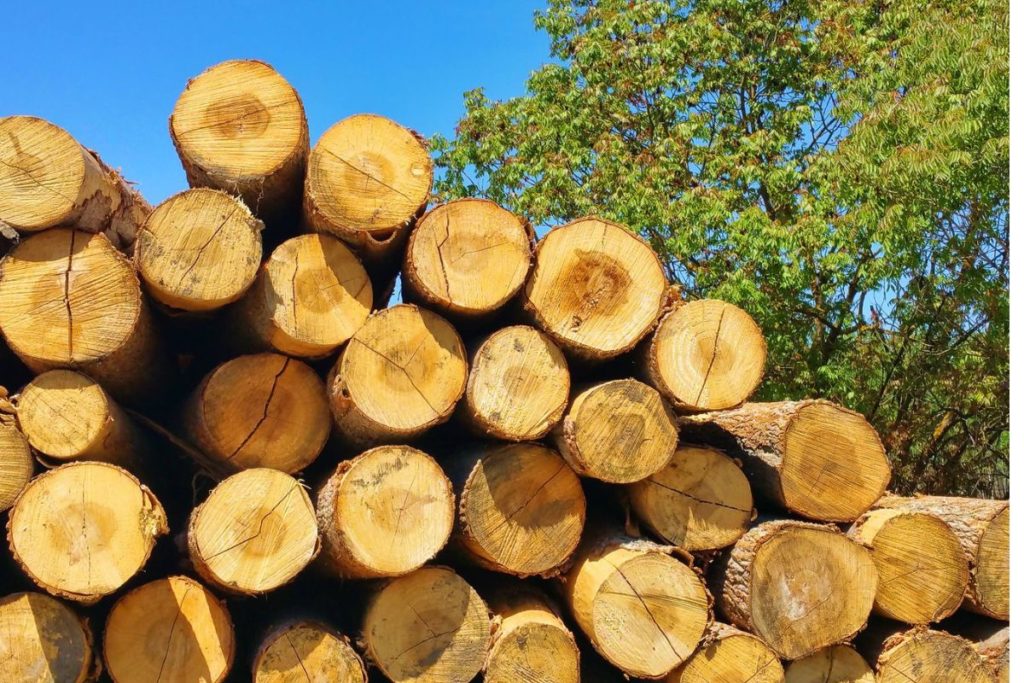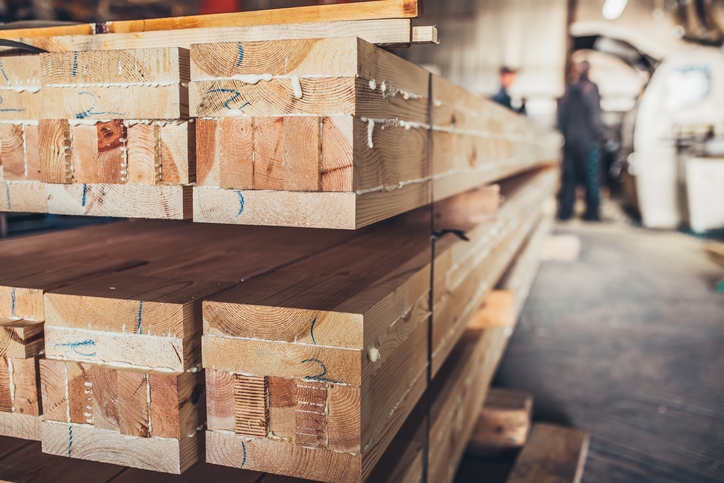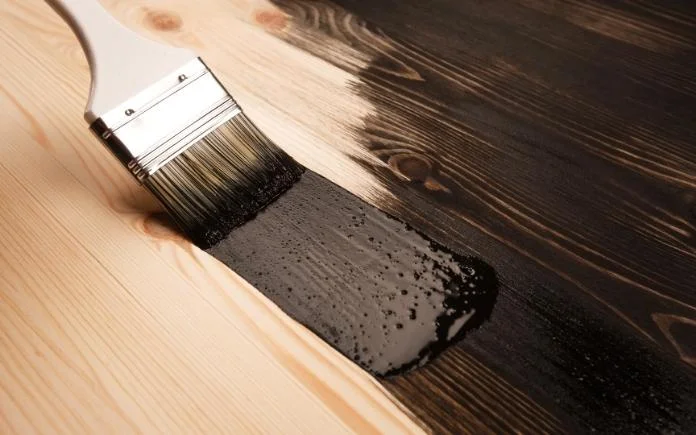Poplar wood is often labeled as one of the most famous options for any type of furniture, along with several other projects in woodworking. It is distributed widely throughout the regions of Asia, Europe, North Africa and North America. Whether you are an amateur or a professional woodworker, you may be boggled by this question – is Poplar goo for outdoor use?
To know the answer to this question, there are certain factors that need to be taken into consideration. Let’s check them out.
Poplar Wood Features and Characteristics

Poplar wood is a hardwood that features a high bending, compressive strength, along with high density. When compared with softwoods, Poplar wood is the better option. When compared with hardwoods, on the other hand, Poplar wood is among those with the lowest values of strength.
This wood does not form a durable, consistent heartwood. For this reason, it is important to think first before placing furniture made out of Poplar wood outdoors. This is because of the wetting concern that might pose a problem of decay on the wood.
In certain situations, the use of Poplar wood outdoors is a manageable thing. This can be done by selecting an area that is dry and with less moisture. Even though you might have applied the best finishing using a sealer or paint, they can still not completely stop absorption of moisture.
Still, proper sealing and painting can decrease the possibility of wetting. Painting the outer part of the Poplar wood will help in reducing the transport of water droplets outdoors. This is why looking into the finishing touch is a very important thing when it comes to using this type of wood for exterior use.
Poplar Wood for Exterior Use

Is it possible to use Poplar wood for exterior furniture use? Yes, it is. Poplar wood is ideal for exterior furniture, wood carvings, and other woodworks, without any problem at all. However, it is very important to make sure that Poplar is kept in an environment that is dry and less moist.
One thing to note, however, is that Poplar wood is less durable compared to other hardwoods that are often used for both indoor and outdoor purposes. The good thing about Poplar is that there is a way to further enhance its durability.
It is important to complete the woodworking project using Poplar wood accordingly for exterior use. Without the right finishing, it may not last long, and may be attacked by moisture easily. This means that the same attention should be given to the finishing touches of the wood as with the effort you place when using Poplar wood in woodworking.
Finishing Poplar Wood for Outdoor Use

The best finish for Poplar wood is stain or paint. If you are interested in achieving an aesthetic look for your furniture, the best way is to apply use stain as finish for outdoor use. Stain is effective in making sure that Poplar wood will minimize the absorption of moisture from the outdoor elements, thus stopping the process of decay.
If you have correctly applied stain for finish, you will be able to maintain the luster of your Poplar wood furniture without any problem at all. Let’s look at the steps on how to do so:
What You Need
- Wood stain
- Pre-stain conditioner
- Old cloth or rags
- Paintbrush for stains
- 220 grit sandpaper
Instructions
- Clean the wood and sand it well.
This process is a requirement for any project in woodworking. This also applies to any type of wood. According to requirements, a 220-grit sandpaper is the best option for this. Make sure that the surface of Poplar wood is evenly sanded without missed areas.
Sand along the grain of wood while being careful not to scratch the surface. The process of cleaning and sanding the wood surface removes stuff that are not needed, making the wood ready and smooth, with the wood stain distributed evenly all over.
After sanding the Poplar wood evenly, make sure to clean it after with an old cloth or rag to remove the extra sawdust and any debris. Cleaning is very important right after sanding. After this, it would help to keep the wood for a period of 24 hours, making the wood surface completely dry before proceeding.
- Apply wood conditioner for pre-staining.
This is an optional step, though it is also recommended to ready the wood. This will also help absorb stain evenly through the entire surface. Using wood conditioner also helps this wood avoid getting blotches and streaks when applying the stain.
- Give about 30 minutes, allowing the wood to sit.
After applying pre-stain on the wood using wood conditioner, allow it to sit for around 30 minutes. Also, make sure to wipe any extra stain with a damp cloth.
- Apply the stain, and allow the wood to completely dry.
Now, you are ready to apply the stain. Use a paintbrush, dipping just the tip into the stain. You may want to start from the center of the wood, working to the outside. This will help avoid splashing over, and having some rundowns on the wood side. Make sure to apply evenly using even pressure. Run the strokes to the same direction of the grain.
- Apply the next layer of stain, allowing it to completely dry.
After applying the first layer, you can allow it to dry completely after 24 hours. Next apply the second coating of stain. The first coat may not be enough because of its high absorbance. Make sure that the surface is already dry to avoid screen blotchiness.
Conclusion
No question, Poplar is an amazing choice of wood for making outdoor furniture. Even though it has some vulnerability to water and moisture damage, with the right finish, it is workable. Is Poplar good for outdoor use? Not the best option, but possible. Other types of wood are generally more durable, even in harsher weather conditions. What are your thoughts on this? Feel free to leave your comment below!

Leave a Reply